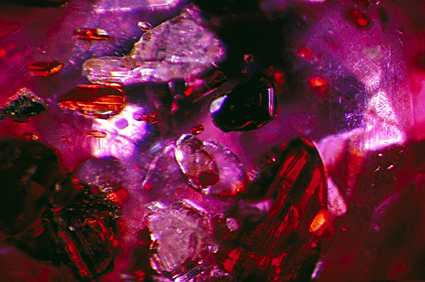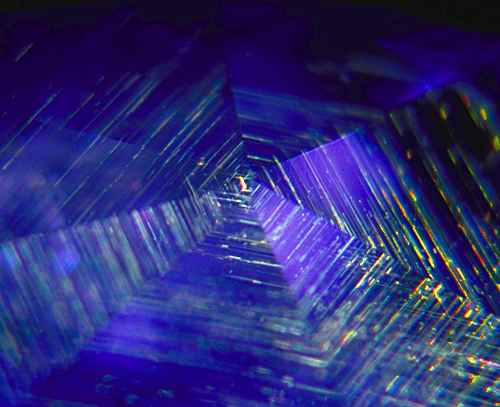
| WWT Shows | CLICK TO: Join and Support Internet Horology Club 185™ | IHC185™ Forums |

|
• Check Out Our... • • TWO Book Offer! • |
Welcome Aboard IHC185™  Internet Horology Club 185
Internet Horology Club 185  IHC185™ Discussion Site Main Page
IHC185™ Discussion Site Main Page  Horological Discussions, Questions and Answers
Horological Discussions, Questions and Answers  Pocket Watch Discussions
Pocket Watch Discussions  Hamilton Ball 17 jewels
Hamilton Ball 17 jewels
 Internet Horology Club 185
Internet Horology Club 185  IHC185™ Discussion Site Main Page
IHC185™ Discussion Site Main Page  Horological Discussions, Questions and Answers
Horological Discussions, Questions and Answers  Pocket Watch Discussions
Pocket Watch Discussions  Hamilton Ball 17 jewels
Hamilton Ball 17 jewelsGo  | New Topic  | Find-Or-Search  | Notify  | Tools  | Reply to Post  |  |
| IHC Member 250 |
I have a Hamilton open face ball 999 17 jewels serial # 28181. One of the movement plates is marked, "Saphire Pallets" Just wondering if this is a rare marking or common? I havent seen this before but then again, I havent had a 17 jewel Hamilton Ball either. cant find that marking in any books? Thanks for your help, Sam | ||
|
Hi Sam, "Saphire pallets" is common. How is the barrel bridge marked? A picture would help. I'm in Nebraska so I can't check my books. George | ||||
|
| IHC Member 250 |
Hi George, The MS barrel is marked, "trade mark OFFICIAL R R STANDARD ADJUSTED BALL & CO CLEVELAND" Patented Nov.17.96 The Balance cock also has a different patented date. Thanks, Sam when will you be back? | |||
|
| IHC President Life Member |
Sam, The term "Sapphire Pallets" appears on all 18-size Ball-Hamilton and Ball-Elgin movements. As I understand it that was part of the specifications because sapphire pallet jewels are harder that the more commonly used rubies. I have 28755 in my collection which shares the same markings as your movement. As George pointed out it is indeed a common feature. I think on any picture you check of these watches you'll find the marking. Lindell Ball-Hamilton 644083 includes "Sapphire Pallets" marking... _644083_(Closer).jpg) | |||
|
Just in case Sam's watch does say "Saphire Pallets" it might be unique. All the others seem to say "Sapphire Pallets." | ||||
|
For the record..(unless someone can enlighten me differently) Sapphire and Ruby are the same stone, corundum, with the same hardness and the same attributes. When corundum comes out of the ground red, it is ruby, when corundum comes out of the ground as pink or blue or yellow, it is sapphire. Jeff Hess (GIA grad) | ||||
|
Sam, Sometime in May I hope. Jeff, Without looking Ruby has Iron to make it red & is just a little softer than Sapphire. It used to be a sales point in watch jewel ads. George. | ||||
|
| IHC Member 250 |
Thanks Tom for pointing out the spelling error and it is my error, (wish it had been on the watch) Sapphire is how it is spelled on the watch. And thanks to everyone for the input and advice. This is indeed a great web site and a bunch of great people! I plan on putting some interesting things on our auction site soon. Sam George, see you when you get back. Lindell, you should have a package coming soon. | |||
|
| IHC Vice President Pitfalls Moderator IHC Life Member |
As a collector of minerals and gemstones, I would just like to expand a bit on what Jeff posted above. Corundum is a crystalline mineral form of aluminum oxide (Al2O3) which is considered a gemstone if transparent or translucent. The various colors of corundum are caused by trace chemical impurities, such as chromium oxide (Cr2O3) which produces the highly prized "pigeon's blood" red color of rubies. Iron and titanium oxide impurities produce blue-colored sapphires and iron oxide will produce yellow-colored sapphires. Aside from color, the chemical impurities that are found in rubies and sapphires also affect the crystal structure, so the rubies are more likely to have internal flaws and inclusions than are sapphires, as exemplified in the photomicrograph below. This makes rubies weaker, more prone to breakage.  | |||
|
| IHC Vice President Pitfalls Moderator IHC Life Member |
Sappires typically have a much more perfect crystal structure than rubies and thus are much better suited for use as pallet stones, where the jewel is only supported on one end, and applied forces have a long moment arm, which produces high stresses in the jewel. Compare this photomicrograph of a sapphire crystal to the ruby above.  | |||
|
This comment is totally devoid of useful information. However, I love those microscopic views of crystal structures. Your explanation was also very helpful. When teaching I always tried to come up with things for the class to observe and figure out. One tie I purchased (at the Ben and Jerry's factory in Vermont) had as its pattern a microscopic view of the crystal structure of Ben and Jerry's Chubby Hubby ice cream. They didn't always get that one on the first try! Tom | ||||
|
Tom S. We always can use something for our vast store of useless knowledge (lol) Tom | ||||
|
| Powered by Social Strata |
| Your request is being processed... |
|
©2002-2025 Internet Horology Club 185™ - Lindell V. Riddle President - All Rights Reserved Worldwide

